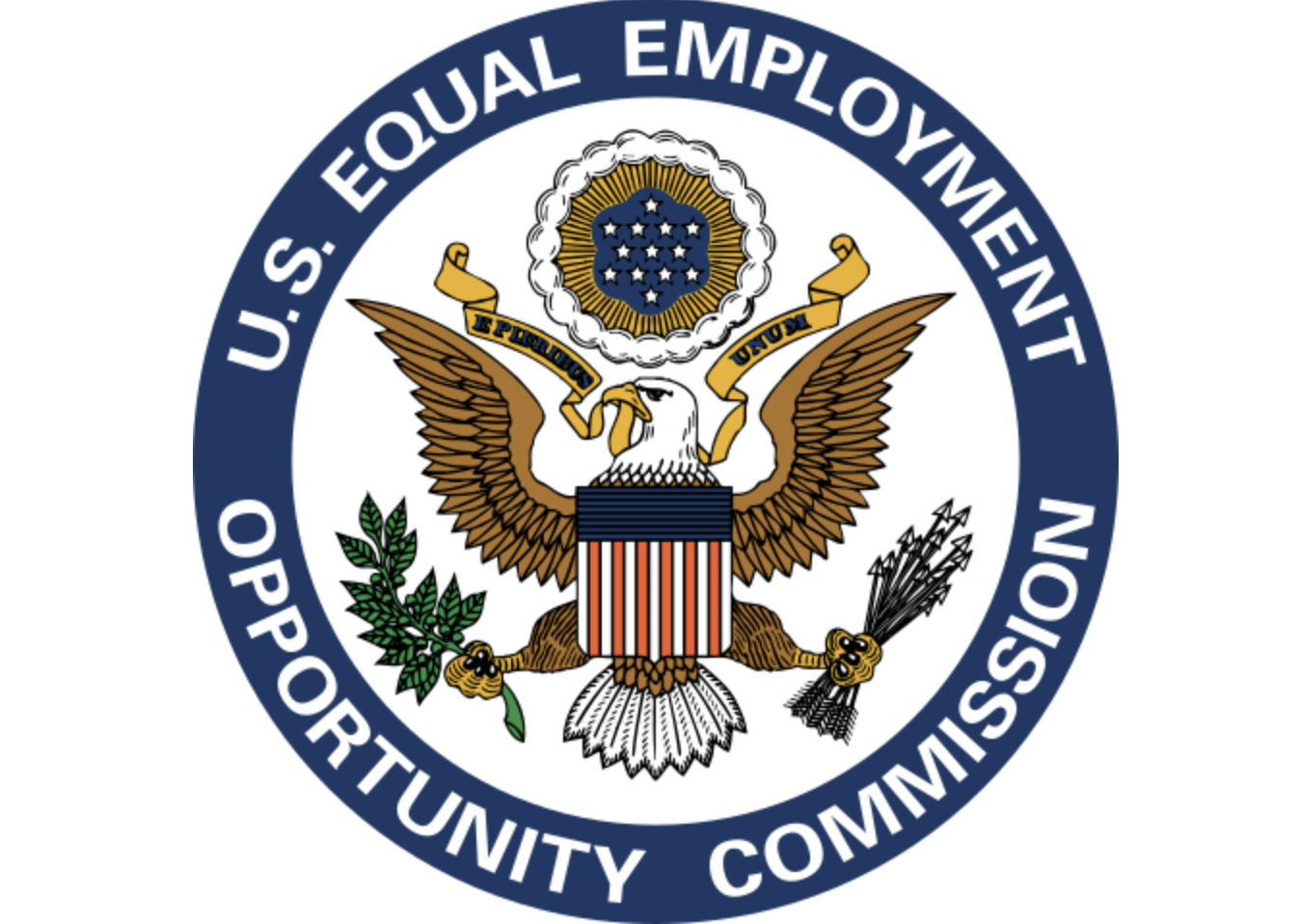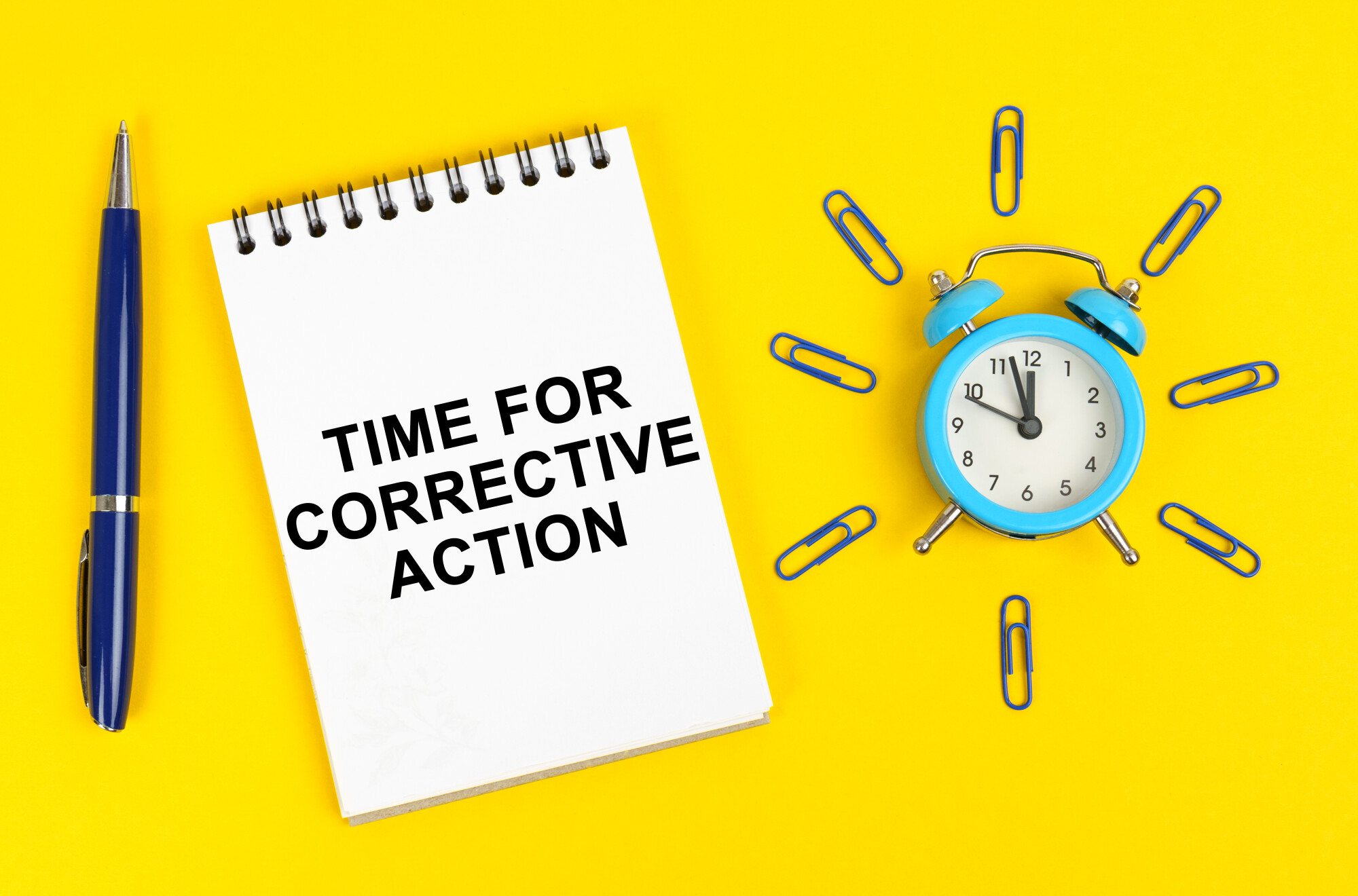The U.S. Equal Employment Opportunity Commission recently released a proposed Enforcement Guidance on Harassment in the Workplace, and it's quite good.

Don't let the length intimidate you. If you aren't an employment lawyer, you can probably get away with stopping when the 350 footnotes begin, which will reduce your reading burden by more than half. ;-)
The proposed Guidance is intended to replace a number of harassment guidance documents that the EEOC issued in the late 1980s and in the 1990s. It provides all of the basics of harassment under the laws that the EEOC enforces today. Much of the Guidance covers how to prove harassment, how to determine when an environment becomes "hostile," and the different ways in which an employer can be liable for harassment. Good to be familiar with, but not especially novel. However, the Guidance also addresses some "hotter" issues -- for example, harassment based on sexual orientation or gender identity, pregnancy or related conditions (especially since the Pregnant Workers Fairness Act took effect), and religion.

Didja know?
The Guidance has a lot of nuggets of wisdom about workplace harassment. Did you know
- That if a supervisor coerces an employee into harassing a co-worker, then the company could be liable both for the harassment of the co-worker and the employee who was coerced?
- That an employer can be liable for harassment that occurs entirely outside the workplace?
- That if the harasser is high-placed enough to be considered a "proxy" or "alter ego" for the employer, then the employer is automatically liable for the harassment?
- That if the harasser is a supervisor (or higher up) and if the harassment results in a "tangible employment action" to the victim, then the employer is automatically liable for the harassment?
- And that a "tangible employment action" can include doing a favor for an employee after he or she "submits to sexual demands"?
- That employers can be liable for harassment even if the harasser is not an employee of the company -- such as an independent contractor, a customer or client, a student, or "hospital patients and nursing home residents"?
- That the employer "knows" about harassment (and is legally obligated to act on it) as soon as anyone at the supervisory level knows about it? And sometimes it doesn't even have to be a supervisor?
It's true, it's true!
What should a good harassment policy contain?
The Guidance also has a helpful checklist of items that should be part of any employer's harassment policy. The following is quoted from the Guidance with minor edits:
- Definitions of prohibited conduct.
- Written in a way that can be understood by employees. And this should take into account employees with literacy issues, or who are not fluent in English.
- A requirement that anyone in a supervisory role or above report harassment when they are aware of it.
- Multiple ways of making complaints, so that a victim is not forced to "report" the harassment to the alleged harasser.
- "Accessible points of contact" for complaints, and their contact information.
- An explanation of the employer's harassment complaint process, including confidentiality and no-retaliation.
The policy should also be widely distributed.
In the EEOC's view, an employer's complaint process will generally be effective if it "provides for prompt and effective investigations and corrective action" and includes confidentiality and no-retaliation provisions.
When will training be considered effective?
The Guidance says that "at a minimum" harassment training should include the following:
- An explanation of the complaint process, including confidentiality and no-retaliation, and -- if applicable -- alternative dispute resolution processes.
- Examples of prohibited and "borderline" conduct.
- Information about employee rights. (The EEOC does not say that the training should tell employees that they have the right to go to the EEOC, but I do include that when I conduct training.)
- Information for supervisors and managers on "how to prevent, identify, stop, report, and correct harassment."
The training should also be tailored to the specific work environment, "provided on a regular basis to all employees . . . and provided in a clear, easy-to-understand style and format."
Dang! It sounds like the EEOC has been to one of my harassment training sessions!
When might an employee be justified in not reporting the harassment to the employer?
Generally, an employee who is being subjected to harassment at work needs to report the harassment through the employer's complaint process. But there are exceptions. For example,
- The people designated to receive complaints are not accessible.
- Following the process would require the victim to complain to someone who is buddies with the harasser.
- Previous complaining employees got no action, or were retaliated against for complaining.
- The employer knew or should have known about the harassment already.
Alternatives to using the employer's process
A victim may have acted reasonably if, instead of reporting the harassment through the company process, the victim files a grievance with the union; or, if the victim is a temporary worker, reports the harassment to the temp agency rather than the employer.

What corrective action will pass muster?
Overall, the corrective action taken (assuming the allegations are substantiated, of course) "should be designed to stop the harassment and prevent it from continuing." Can't argue with that. Here are a few more specifics:
- The corrective action should be proportional to the offense.
- Members of management should be held to a higher standard than regular employees. Upper management should be held to a higher standard than line supervisors or middle managers.
- Corrective action should include monitoring to determine whether the harassment has stopped.
- The corrective action should not have an adverse effect on the employee who made the (substantiated) complaint.
The Guidance acknowledges that corrective action can be trickier when the harasser is a non-employee, but does say that the employer should do what it can to protect the employee. And even if the allegations are not substantiated, the employer should consider things like "counseling, training, monitoring, or issuing general workforce reminders" about the harassment policy.

LGBTQ harassment
The EEOC issued proposed guidance on harassment in January 2017, at the tail end of the Obama Administration. (I blogged about it here, here, and here.) That proposal never went into effect, and maybe it's just as well because at the time the U.S. Supreme Court had not yet ruled that discrimination based on sexual orientation or gender identity violated Title VII. Of course, the Court did so in the summer of 2020, in Bostock v. Clayton County.
In its current proposed Guidance, the EEOC is taking the position that refusal to allow a transgender employee to use the restroom associated with the employee's gender identity is a form of unlawful harassment. I don't know whether the courts will agree, and the majority opinion in Bostock specifically said that it was not addressing the bathroom or similar issues. But, anyway, it helps to know the EEOC's stance.
Not surprisingly, the EEOC is also taking the position that using a transgender or nonbinary employee's "dead name" or pronouns associated with the employee's biological sex is a form of unlawful harassment, if it is done on purpose and frequently. The Guidance does not indicate the EEOC's position on use of dead names or pronouns when the "dead-namer" has a sincerely held religious belief that one's biological sex cannot change. Which brings us to our next topic . . .
Religious expression and accommodation
The Guidance fails to address the inherent tension between what I call "traditional" religious beliefs and LGBTQ rights under Title VII post-Bostock. We may have to wait for more cases to make their way through the courts.
Moving on to more "retro" religious harassment issues, the EEOC Guidance makes the obvious point that employees should not be harassed about their religious beliefs (or lack thereof). And the Guidance also notes that it is all right for religious employees to discuss their beliefs with co-workers, as long as those discussions are consensual. On the other hand, if a religious employee engages in unwanted "preaching," tells co-workers that they will go to Hell, or continues talking about religious beliefs after co-workers have said they're not interested, then that could be (or become) unlawful religious harassment.
Pregnancy
The Pregnant Workers Fairness Act, which requires employers to make reasonable accommodation for pregnancy and pregnancy-related conditions (including lactation), took effect in June, and the EEOC has already issued proposed regulations interpreting the PWFA. The EEOC's proposed harassment guidance on pregnancy is mostly unsurprising, apart from reminding employers that it could be unlawful harassment to try to talk an employee out of having an abortion, or to try to talk an employee out of having a baby (for example, by telling her to have an abortion, use birth control, or just to "stop having so many kids"). Of course, pregnancy discrimination or failing to provide accommodations required by the PWFA could also rise to the level of unlawful harassment, depending on the circumstances.
Comments wanted!
The EEOC is accepting comments on the proposed Guidance through November 1. Here are the instructions on how to comment.